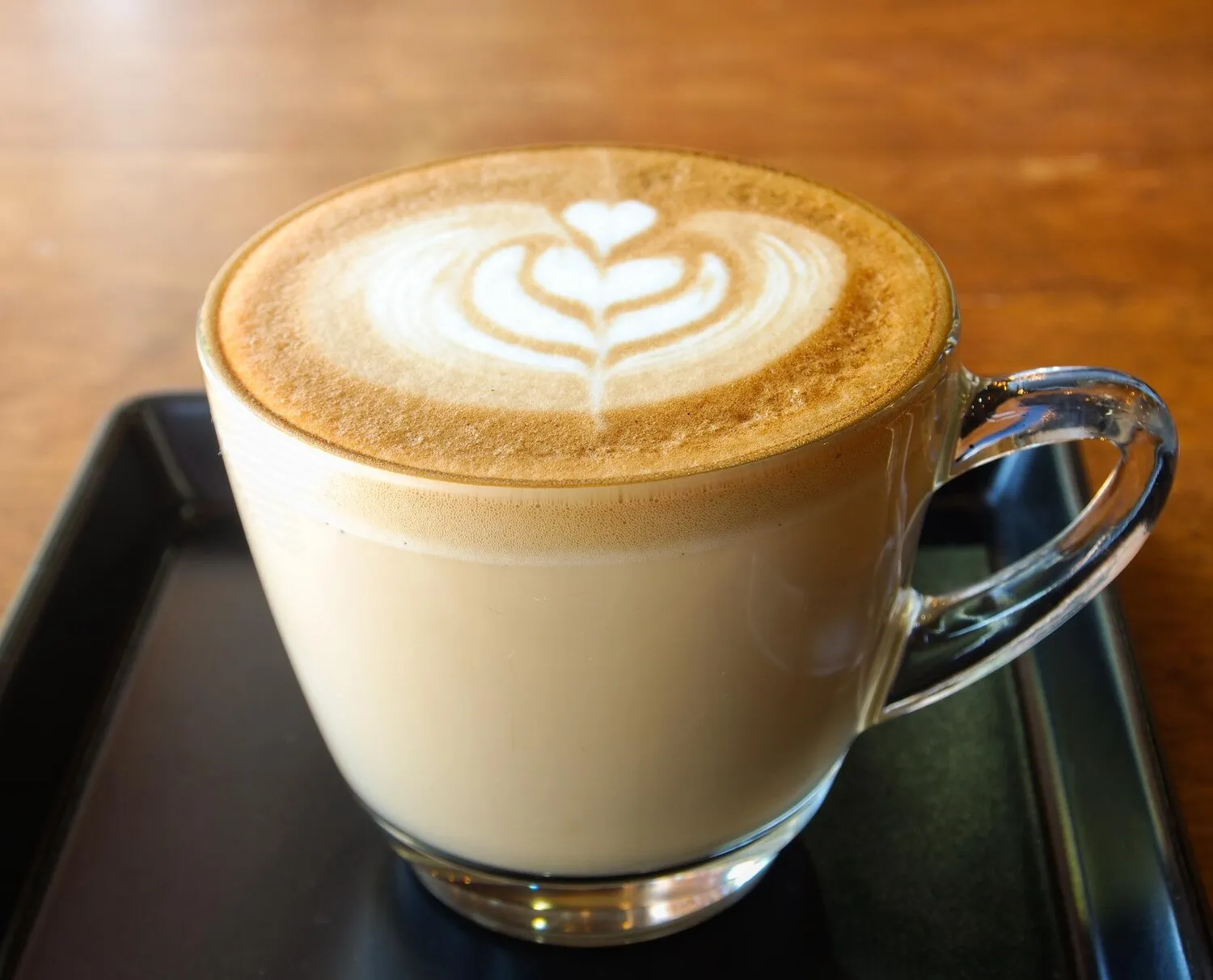
Cappuccino
Traditional cappuccino with milk and foam.
Nutrition Facts
* The % Daily Value (DV) tells you how much a nutrient in a serving of food contributes to a daily diet. 2,000 calories a day is used for general nutrition advice.
The cappuccino evolved from the Viennese 'Kapuziner' coffee, which included coffee, cream, and sugar. Italian baristas refined the recipe, focusing on espresso and steamed milk, eventually incorporating the foamed milk we know today. The name refers to the resemblance of the coffee's color to the brown robes of Capuchin monks.
Cappuccino is deeply ingrained in Italian coffee culture, traditionally enjoyed as a breakfast beverage.
Breakfast Ritual
Italians typically drink cappuccino only in the morning, usually before 11 am. Ordering one later in the day, especially after a meal, is considered unusual.
Social Setting
Cappuccino is often enjoyed in cafes (bars) as part of a social interaction, providing a moment of relaxation and conversation.
Simple Pleasure
Cappuccino is viewed as a simple, everyday pleasure rather than a luxurious or overly complicated beverage.
The cappuccino offers a balance of robust espresso, creamy milk, and airy foam, delivering a rich and comforting taste experience.
The primary flavor is the bold, slightly bitter taste of espresso, which is then mellowed by the sweetness and richness of the steamed milk. The milk foam provides a light and airy texture that enhances the overall experience, while also contributing a subtle sweetness. A dusting of cocoa powder or cinnamon is sometimes added for an extra layer of flavor.
Espresso Quality
Use high-quality, freshly ground espresso beans for the best flavor. A well-extracted shot of espresso is crucial for a great cappuccino.
Milk Frothing Technique
Use cold, whole milk for optimal frothing. Submerge the steam wand tip just below the surface of the milk to create a vortex, incorporating air and creating microfoam.
Ratio and layering
The traditional ratio is approximately 1/3 espresso, 1/3 steamed milk, and 1/3 milk foam. Pour the steamed milk first, then spoon the foam on top to create distinct layers.
Temperature
The ideal serving temperature for a cappuccino is between 140-160°F (60-70°C). This temperature allows for optimal flavor and prevents scalding.
Explore additional Coffee dishes and restaurants
Explore CoffeeDiscover top dining spots and culinary experiences in Guarulhos.
Explore GuarulhosLearn more about the food culture, restaurant scene, and culinary heritage of Brazil.
Explore Brazil